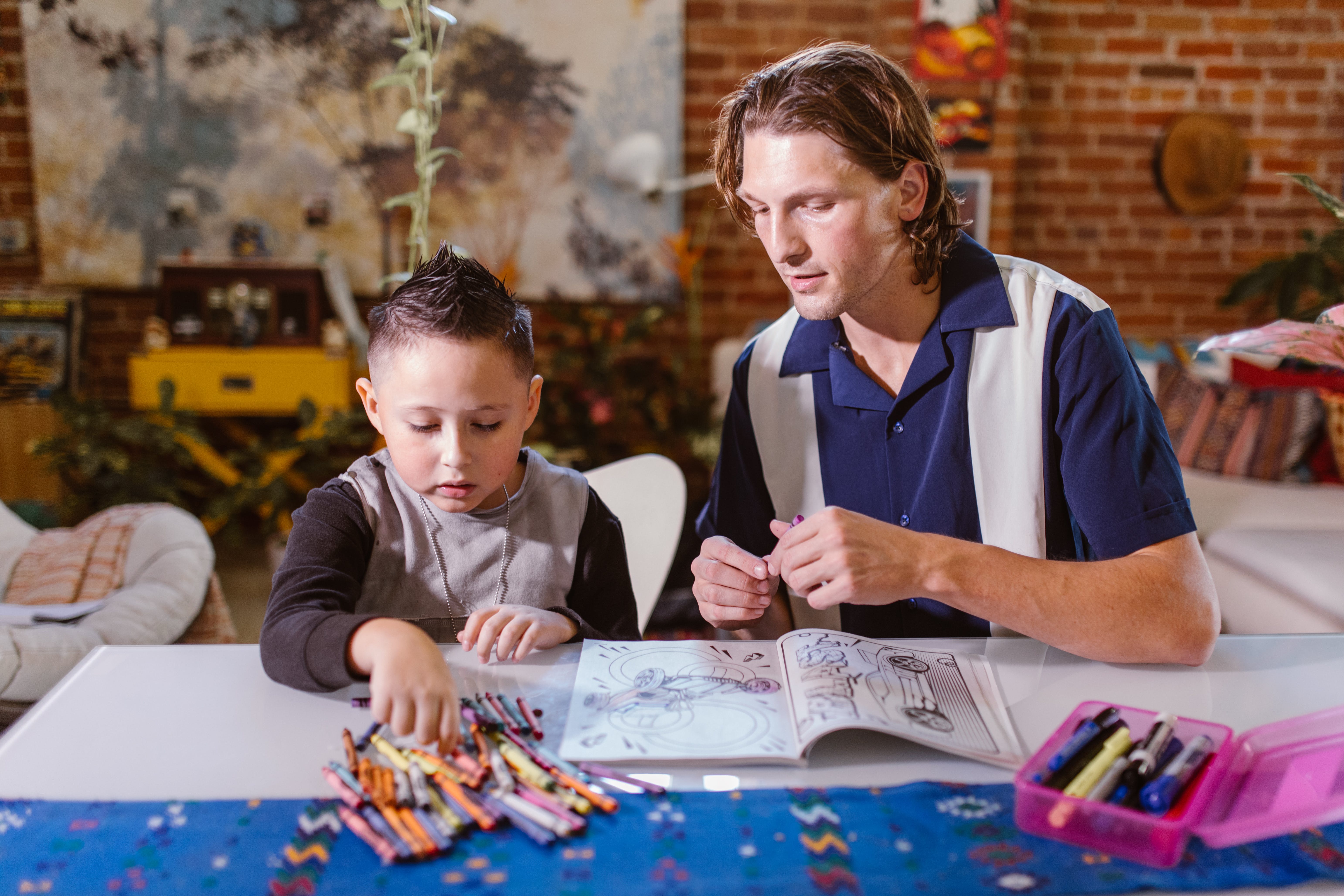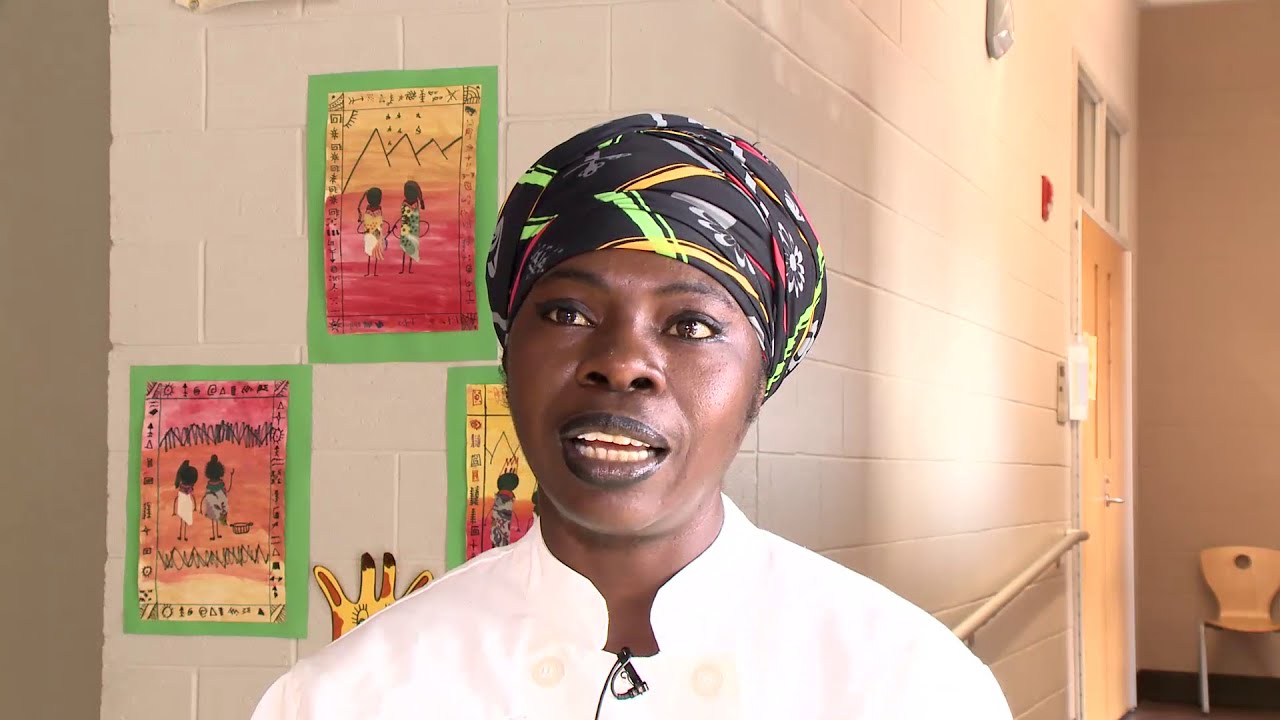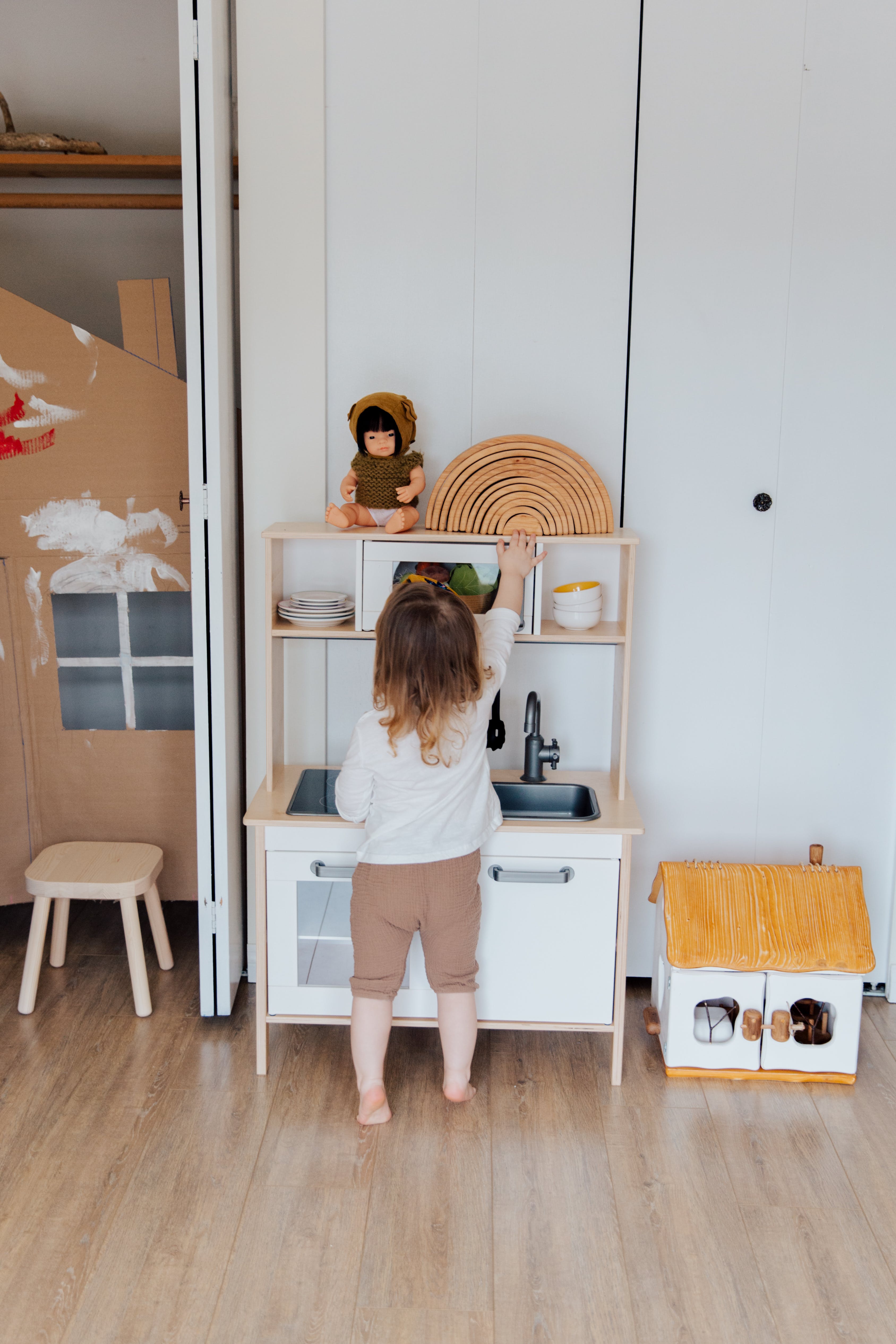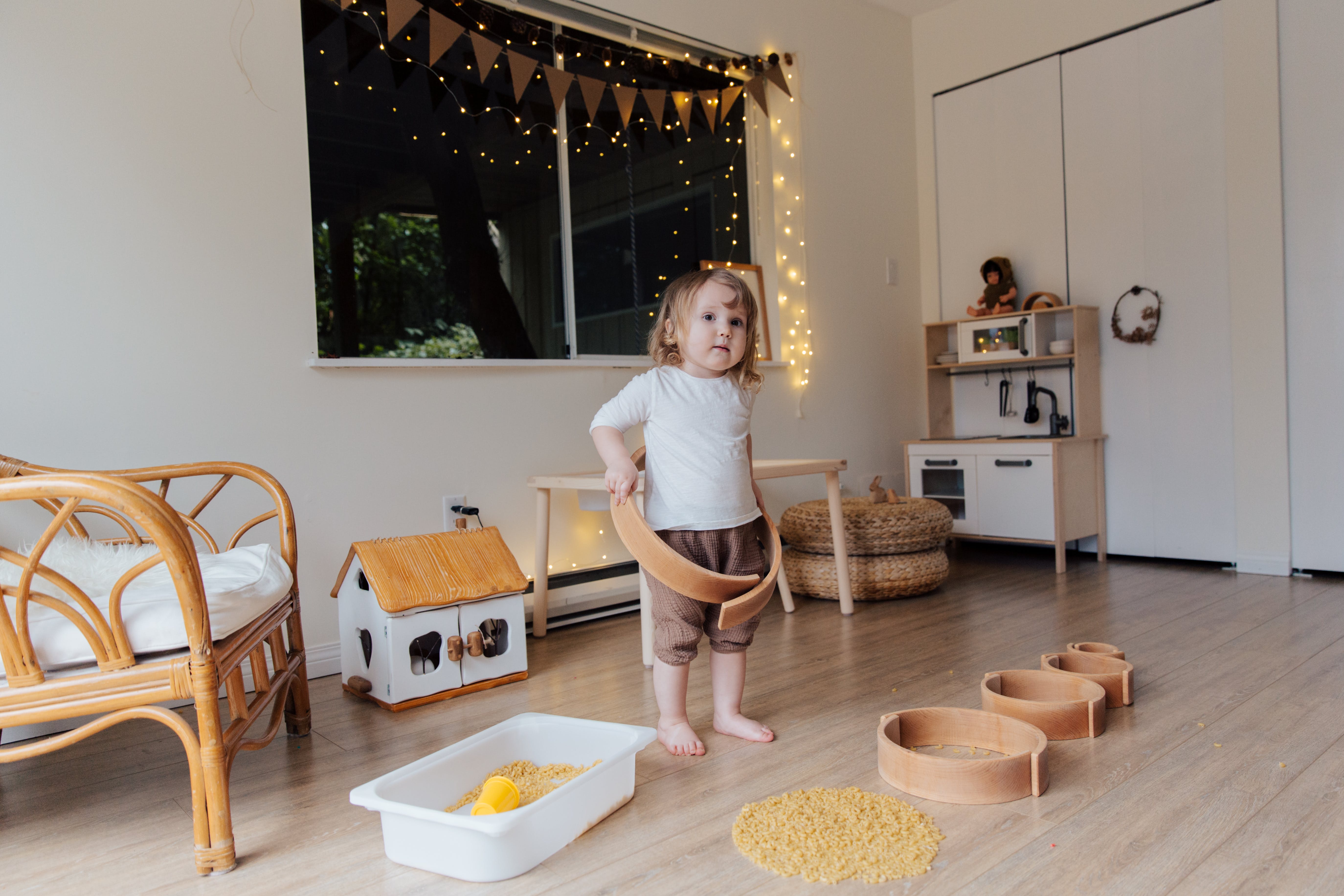
If you’re a parent searching for the best educational approach for your child, you might have come across the Montessori method. This unique pedagogical approach owes its name to Dr. Maria Montessori, an Italian physician and educator who developed it in the early 1900s. But did you know that there’s a Montessori school named after one of the most successful investors in history? The James Simons Montessori School is one of the most sought-after institutions in New York City, offering an exceptional education to children from diverse backgrounds. In this article, we’ll delve into the world of James Simons Montessori and explore what makes it stand out.
Where is the James Simons Montessori School?

The James Simons Montessori School is a public elementary school located in Brooklyn, New York. Established in 2004, the school was named after James Simons, a renowned mathematician and hedge fund manager who donated $1 million to support its creation. Today, the school serves around 300 students from pre-K to fifth grade, providing them with a rigorous and holistic education based on the Montessori philosophy.
How does James Simons Montessori work?

The James Simons Montessori School follows the Montessori method, which emphasizes hands-on learning, self-directed exploration, and individualized instruction. In a Montessori classroom, children engage in various activities that promote their cognitive, social, emotional, and physical development. They work at their own pace and choose their own materials, guided by trained teachers who observe and assist them when needed.
At James Simons Montessori, the curriculum is divided into six areas of study: practical life, sensorial, language, math, cultural, and science. Each area is designed to develop specific skills and knowledge while fostering the child’s natural curiosity and love of learning. Practical life activities, for example, teach children to care for themselves and their environment, while sensorial materials help them refine their senses and discrimination. Language and math lessons follow a sequential and cumulative approach, building upon the child’s prior knowledge and interests. Cultural and science studies expose children to diverse cultures, histories, and scientific concepts, inspiring them to explore the world around them.
What makes James Simons Montessori unique?

As a public Montessori school, James Simons Montessori stands out for several reasons. Here are some of its distinctive features:
- Diversity: The school welcomes students from all backgrounds and strives to create a culturally responsive and inclusive environment. About half of the students come from low-income families, and many are English language learners. The school also participates in the Montessori for Social Justice network, which promotes equity and advocacy in Montessori education.
- Partnership with Bank Street College: James Simons Montessori has a partnership with Bank Street College of Education, a renowned teacher training institution. The partnership provides ongoing professional development for teachers, as well as opportunities for research and collaboration between the two institutions.
- Integration of technology: While Montessori education is often associated with natural materials and hands-on activities, James Simons Montessori recognizes the importance of technology in today’s world. The school integrates various forms of technology, such as iPads and smartboards, into its curriculum in a purposeful and mindful way, supporting the child’s learning and creativity.
- Emphasis on community: James Simons Montessori values the role of parents and caregivers in the child’s education. The school encourages parent involvement through regular communication, parent-teacher conferences, and volunteer opportunities. The school also fosters a sense of community among students, teachers, and staff through various events and initiatives, such as the Peace Day celebration, the International Day parade, and the Buddy Bench program.
How can you use James Simons Montessori in your child’s education?

If you’re interested in Montessori education and want to incorporate some of its principles into your child’s learning, there are several ways to do so. Here are some ideas:
- Create a prepared environment: In a Montessori classroom, the environment is carefully designed to promote independence, order, and beauty. You can apply this concept at home by creating a space that allows your child to choose and use materials independently, such as a low shelf with books, puzzles, or art supplies. You can also encourage your child to take care of their own belongings, such as clothes, toys, or snacks, by providing them with child-sized tools and a designated area.
- Follow the child’s interests: Montessori education is child-centered, meaning that the teacher follows the child’s interests and needs rather than imposing a predetermined curriculum. You can apply this approach at home by observing your child’s natural curiosity and providing them with opportunities to explore their passions. For example, if your child shows an interest in animals, you could read books about different animals, visit a zoo or a nature center, or even create a mini-farm or a pet corner at home.
- Encourage independence: In a Montessori classroom, children are encouraged to do things for themselves, such as pouring their own water, washing dishes, or tying their own shoes. You can apply this principle at home by giving your child age-appropriate tasks that they can do independently, such as setting the table, making their bed, or folding clothes. This not only helps them develop practical skills but also boosts their self-esteem and sense of responsibility.
- Focus on process over product: Montessori education values the process of learning rather than the end result. You can apply this mindset at home by praising your child’s effort and progress rather than just their achievements. For example, instead of saying “Good job!” when your child finishes a puzzle, you could say “I noticed how carefully you placed each piece. You must feel proud of yourself!” This encourages your child to enjoy the journey of learning and to take risks without fear of failure.
James Simons Montessori vs. Traditional Education: A Comparison
While every educational approach has its strengths and limitations, it’s worth comparing James Simons Montessori with traditional education to see how they differ. Here are some of the main differences:
- Curriculum: Traditional education often follows a standardized curriculum that covers a wide range of subjects and topics, with little room for deviation or individualization. In contrast, Montessori education follows a holistic and integrated approach that focuses on the child’s whole development and interests, allowing for more flexibility and personalization.
- Learning style: Traditional education often emphasizes teacher-led instruction and passive learning, such as listening, reading, and memorizing. In contrast, Montessori education emphasizes hands-on exploration, active participation, and self-directed learning, encouraging children to discover and construct their own knowledge.
- Classroom environment: Traditional classrooms often have rows of desks, whiteboards, and textbooks, with minimal decoration or personalization. In contrast, Montessori classrooms are designed to be inviting, attractive, and child-centered, with natural materials, plants, art, and music that reflect the child’s interests and culture.
- Assessment: Traditional education relies heavily on grades, tests, and external evaluations to measure a student’s performance and progress. In contrast, Montessori education emphasizes continuous observation, documentation, and feedback from both the teacher and the child, focusing on the process of learning rather than just the outcome.
Tips for Choosing a Montessori School
If you’re considering enrolling your child in a Montessori school, here are some tips to help you make an informed decision:
- Do your research: Look for accredited Montessori schools that follow the standards set by the American Montessori Society or the Association Montessori Internationale. Visit the school’s website, read their mission statement, curriculum, and policies, and check if they offer parent information sessions or tours.
- Observe a classroom: Before making a commitment, observe a Montessori classroom in action. Take note of the materials, activities, and interactions between children and teachers. Ask questions about the teacher’s training, experience, and philosophy. Pay attention to the level of noise, movement, and independence among the children.
- Consider your child’s needs and personality: While Montessori education can benefit a wide range of children, it may not be suitable for every child. Consider your child’s temperament, learning style, and developmental stage, and discuss your concerns with the school’s staff. Some children may need more structure or guidance than a Montessori classroom provides, while others may flourish in a more self-directed environment.
- Involve your child in the decision: If possible, involve your child in the decision-making process. Talk to them about what they like and dislike about their current school or learning experience, and ask them what they would like in a new school. If possible, arrange for your child to visit the school and meet the teacher and other children.
Conclusion
James Simons Montessori School is more than just a place of education—it’s a community of learners, explorers, and creators. By following the Montessori philosophy, the school empowers children to become confident, independent, and compassionate individuals who can make a positive impact on the world. Whether you’re a parent, an educator, or a lifelong learner, there’s something to learn from James Simons Montessori and the Montessori approach. So why not give it a try?


